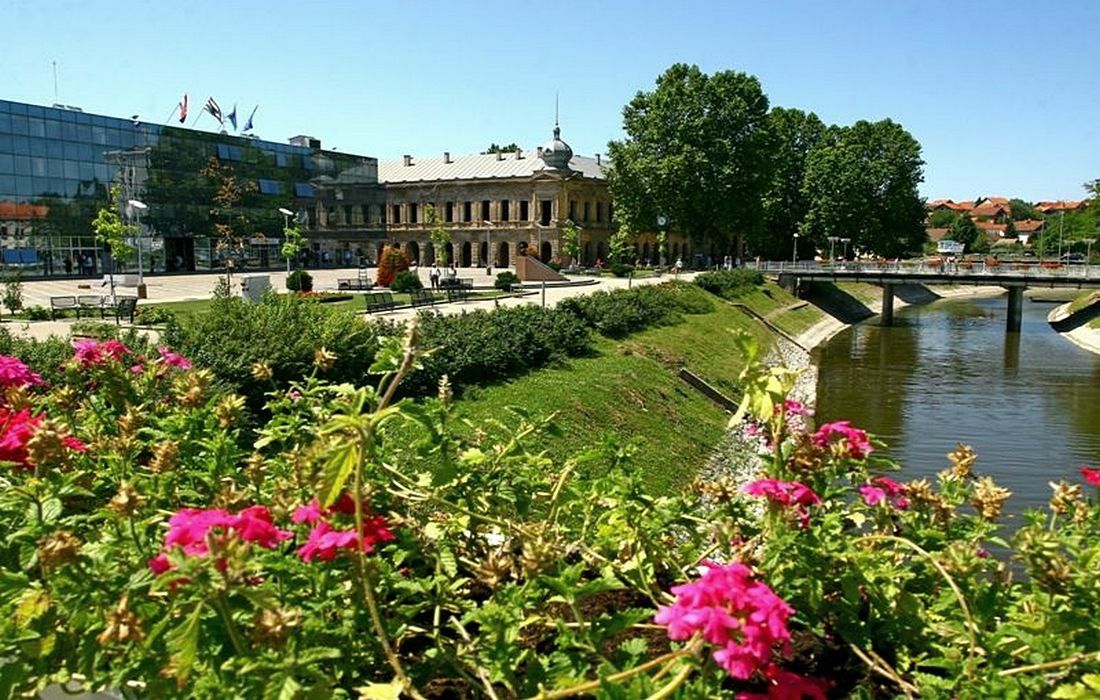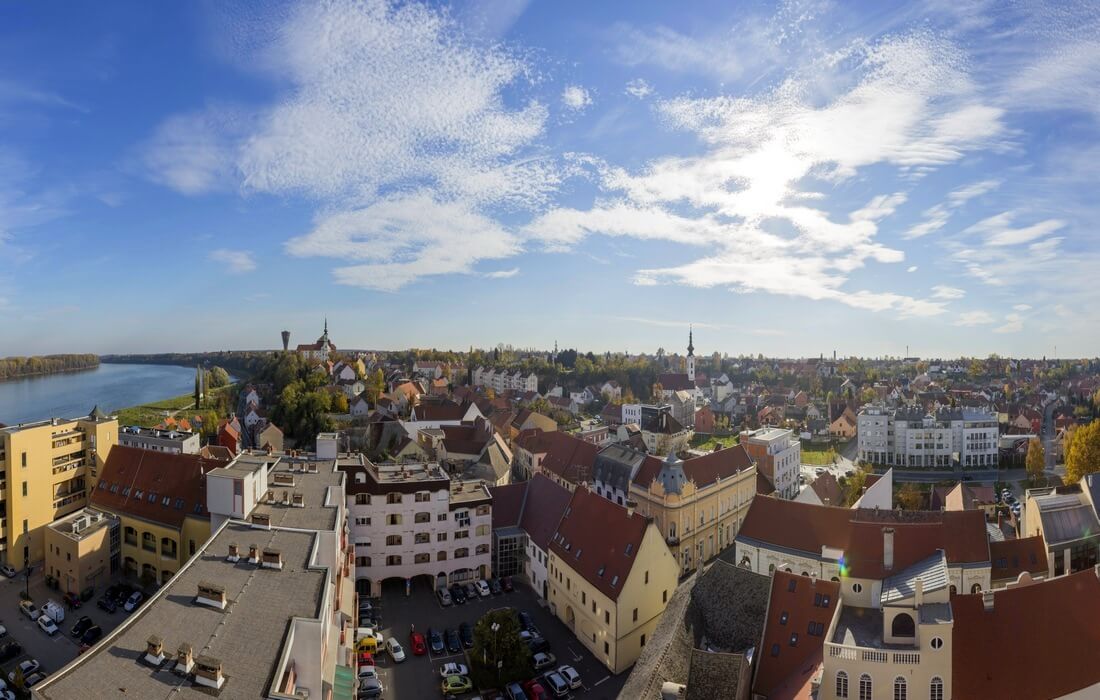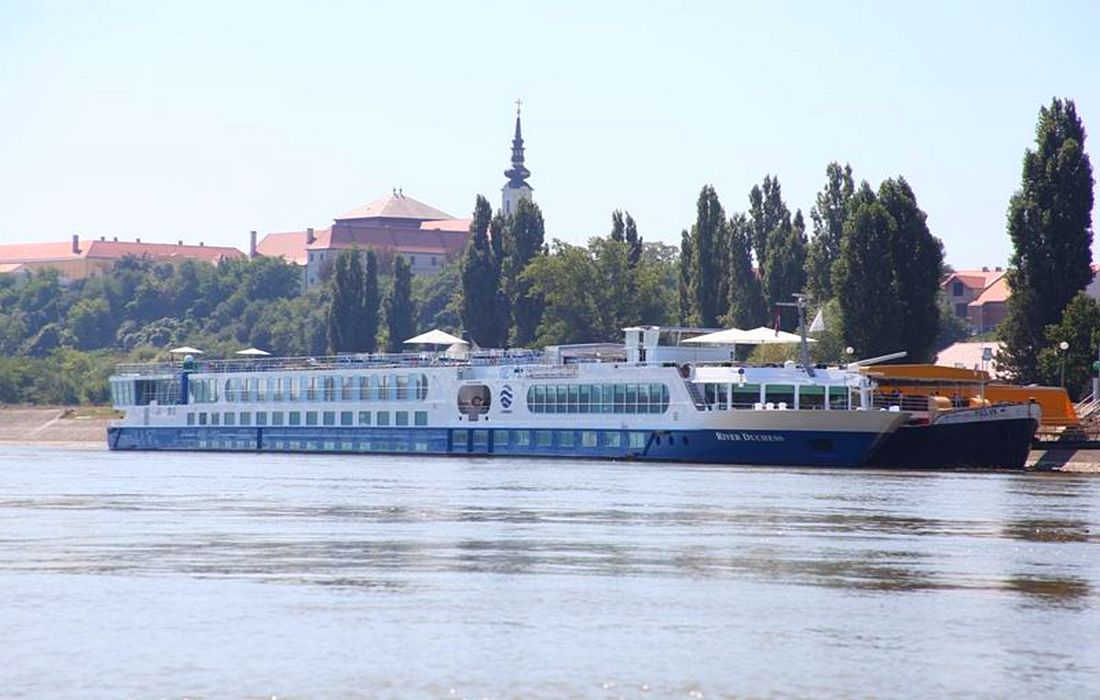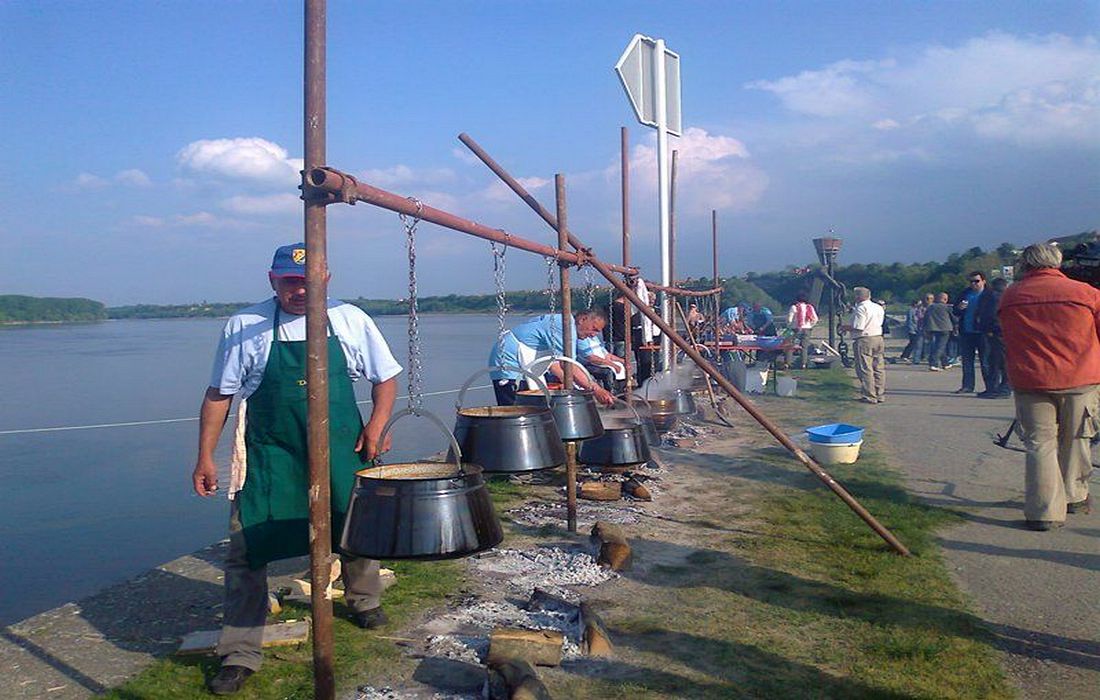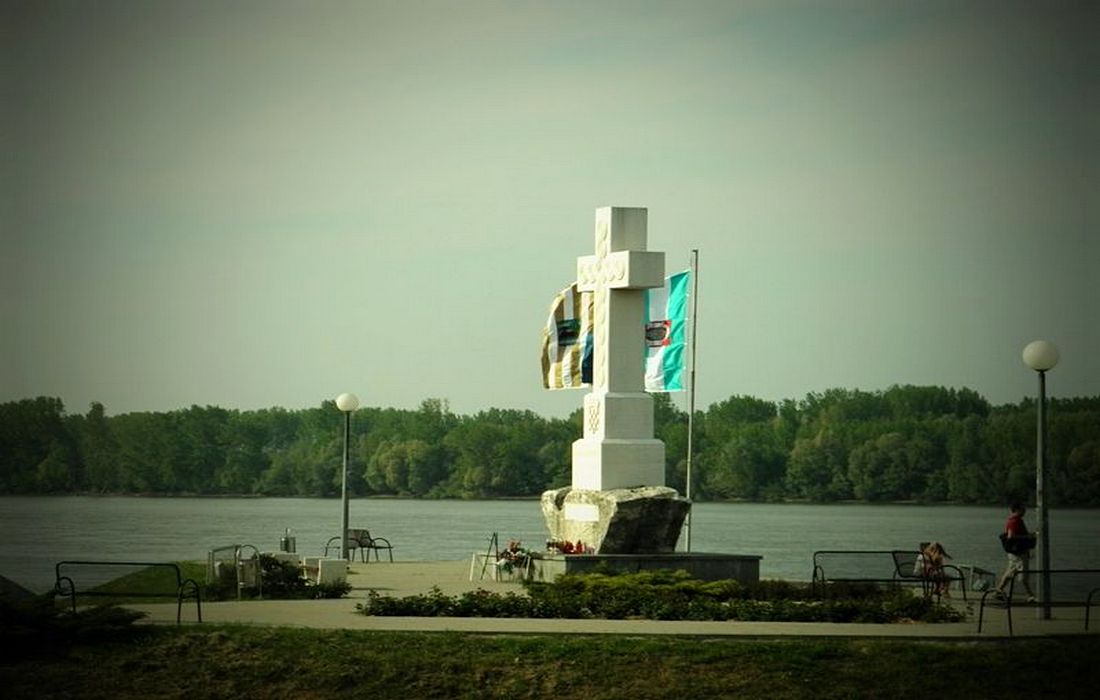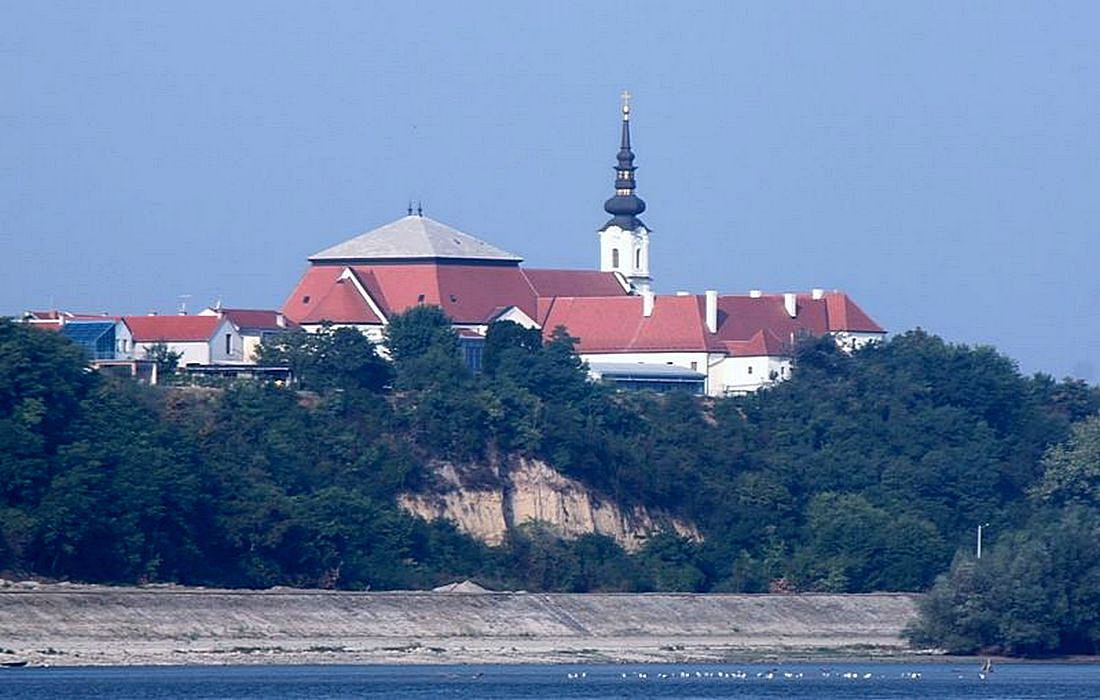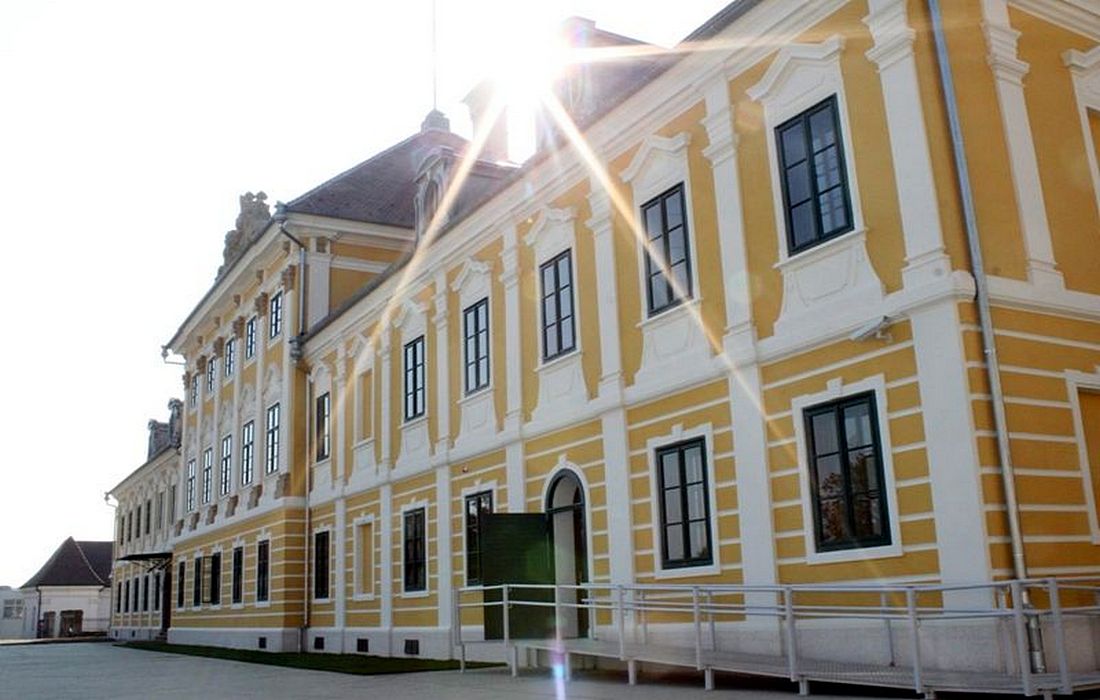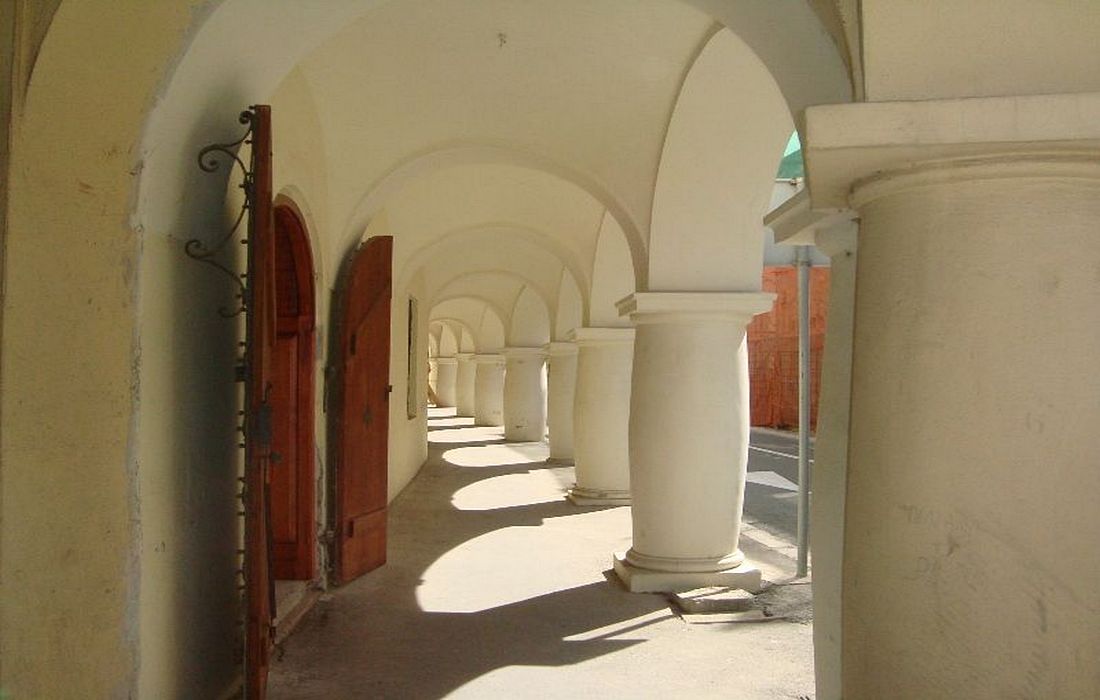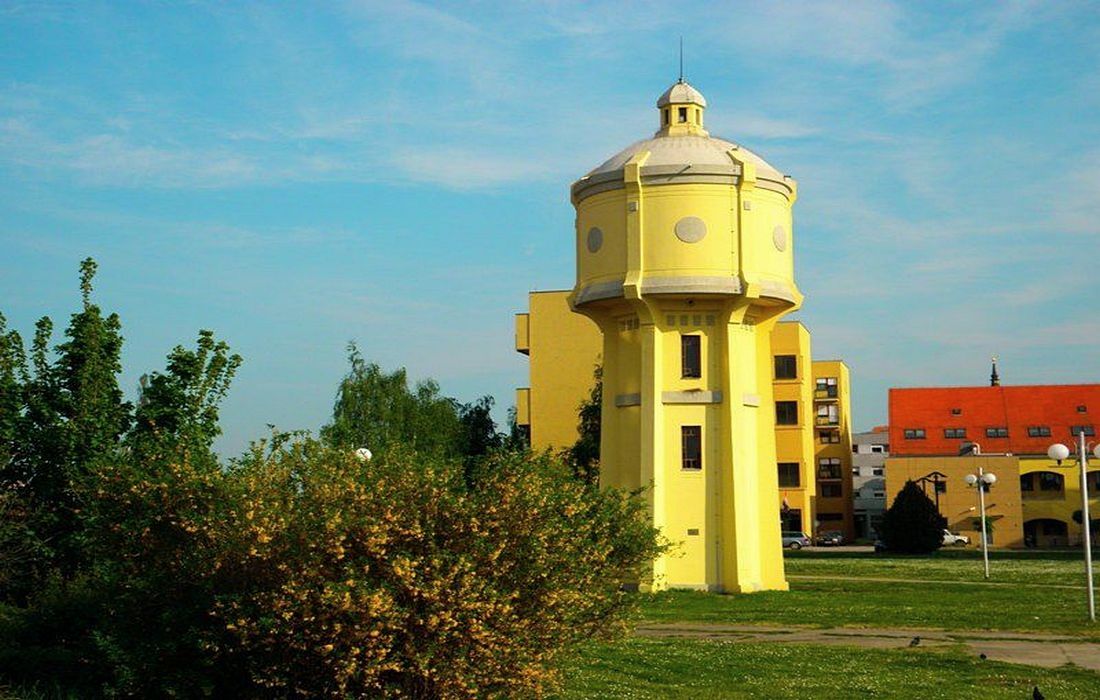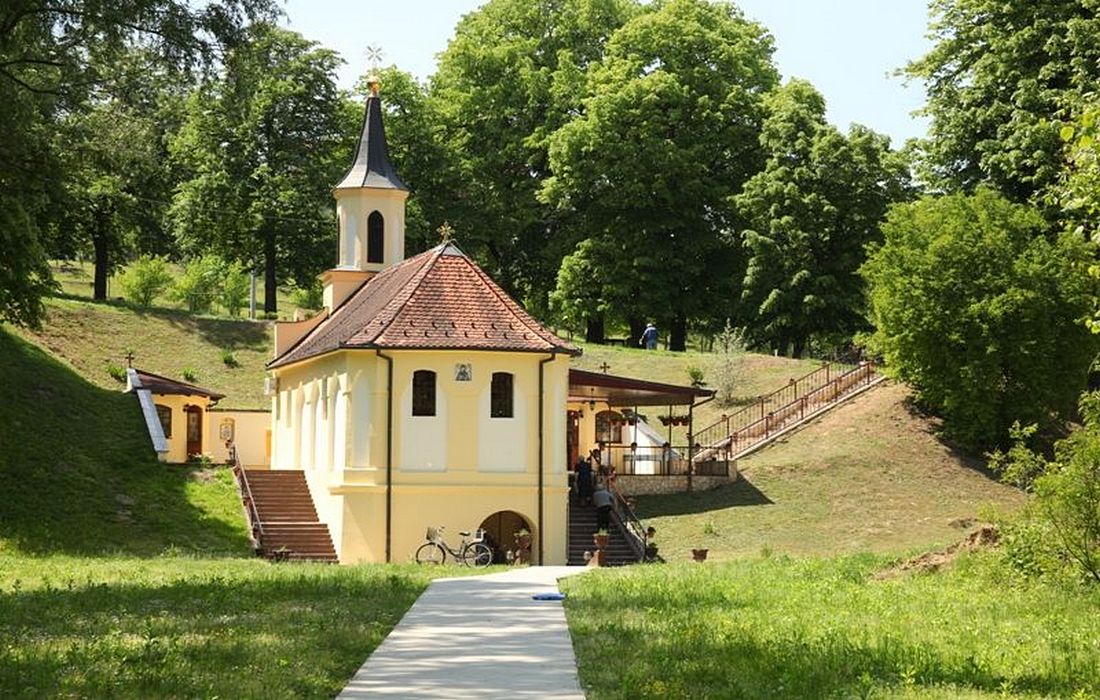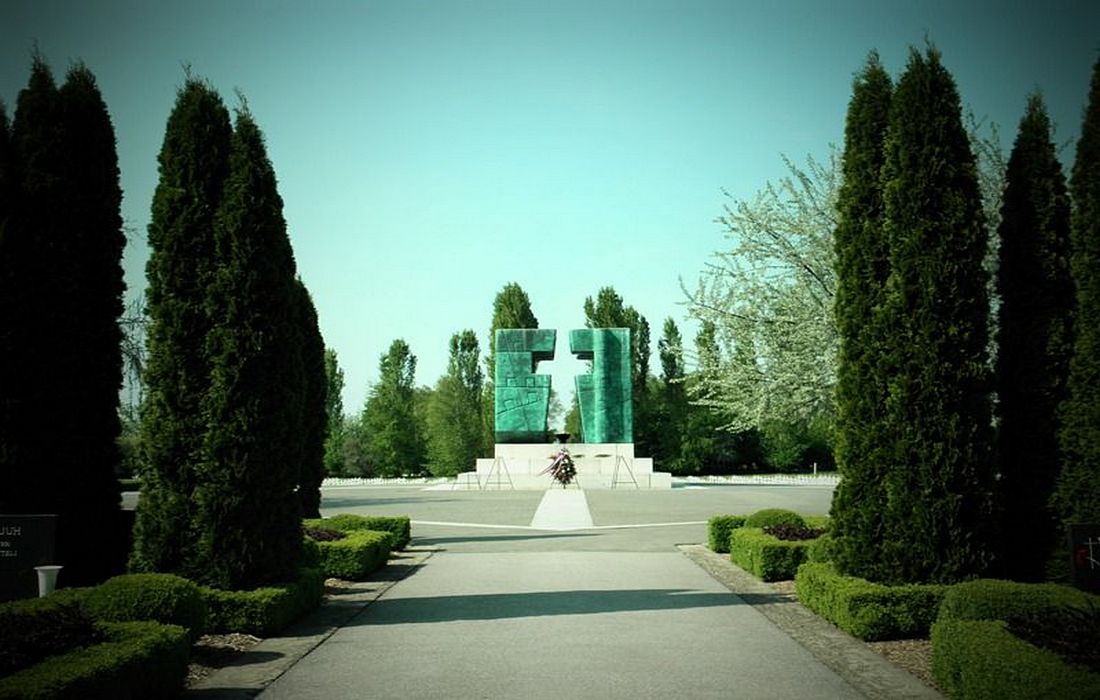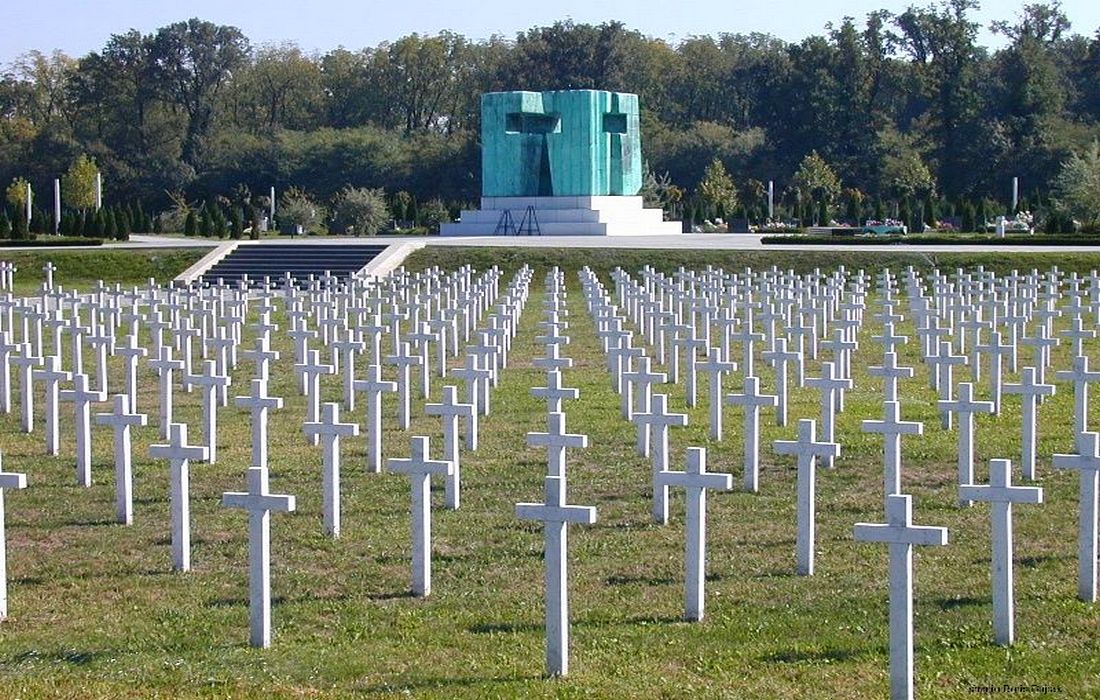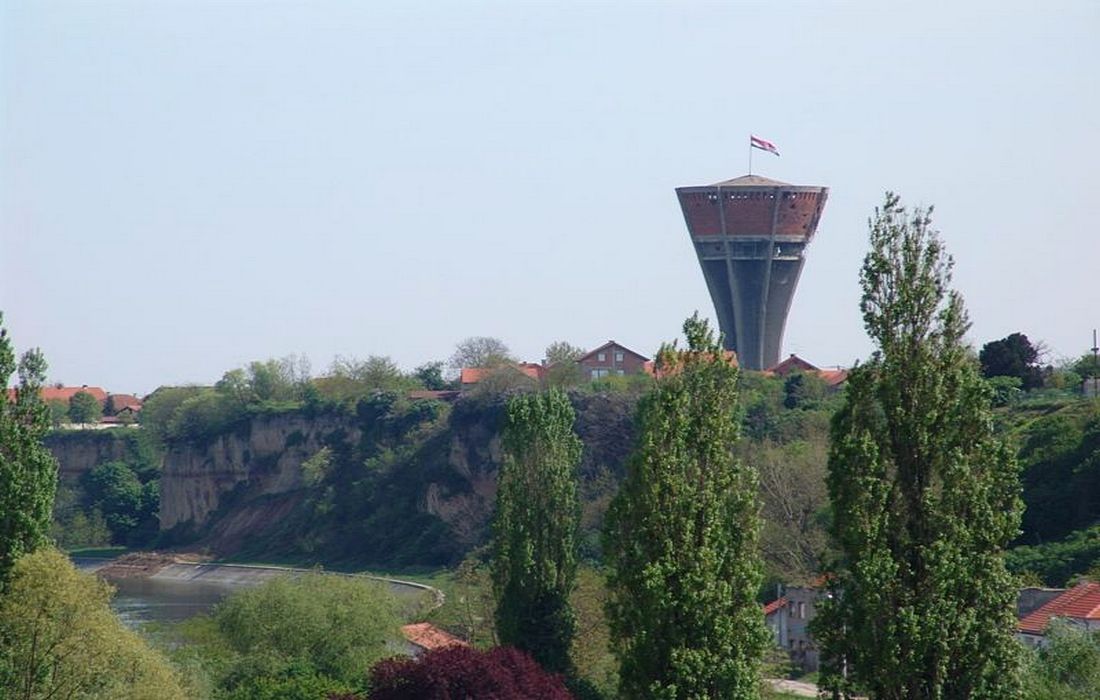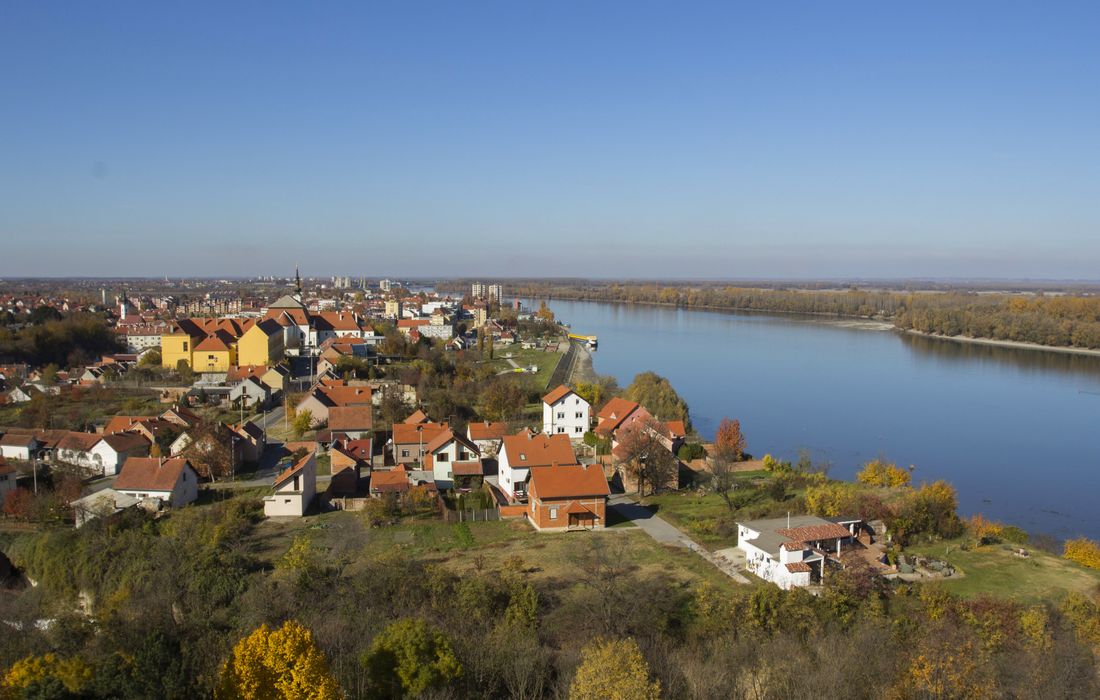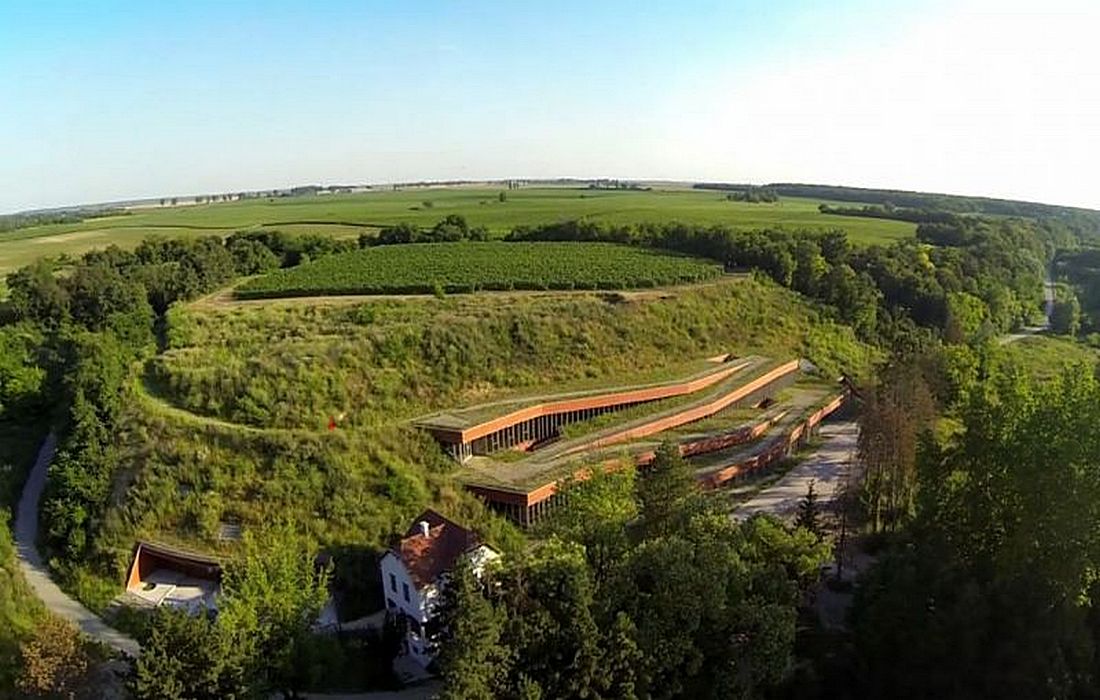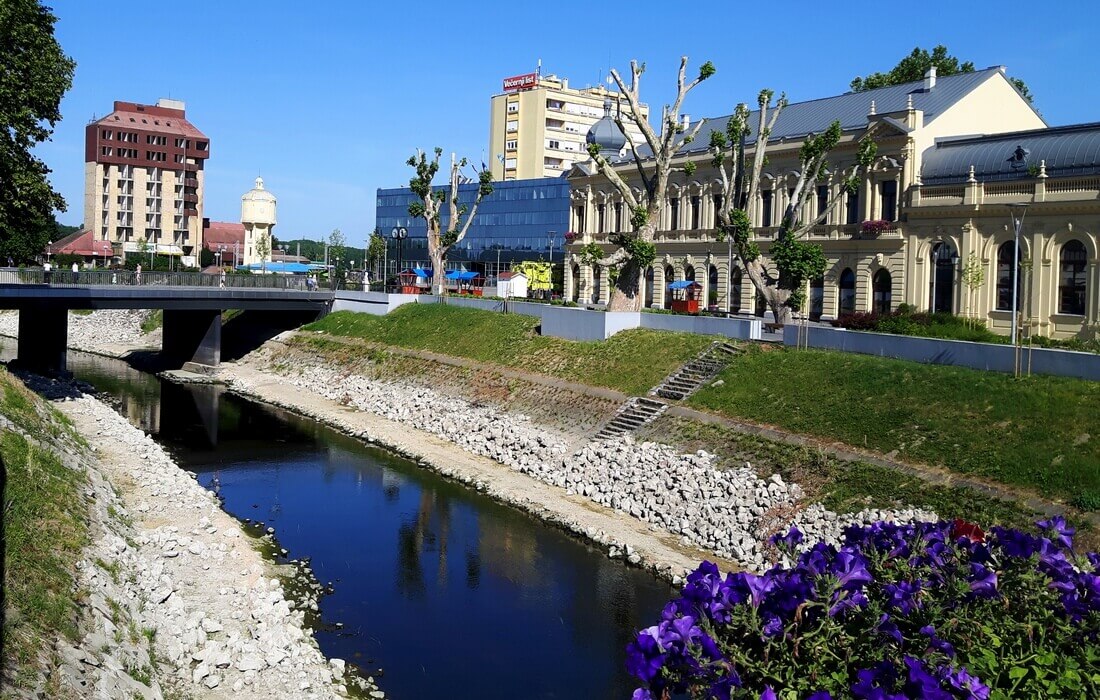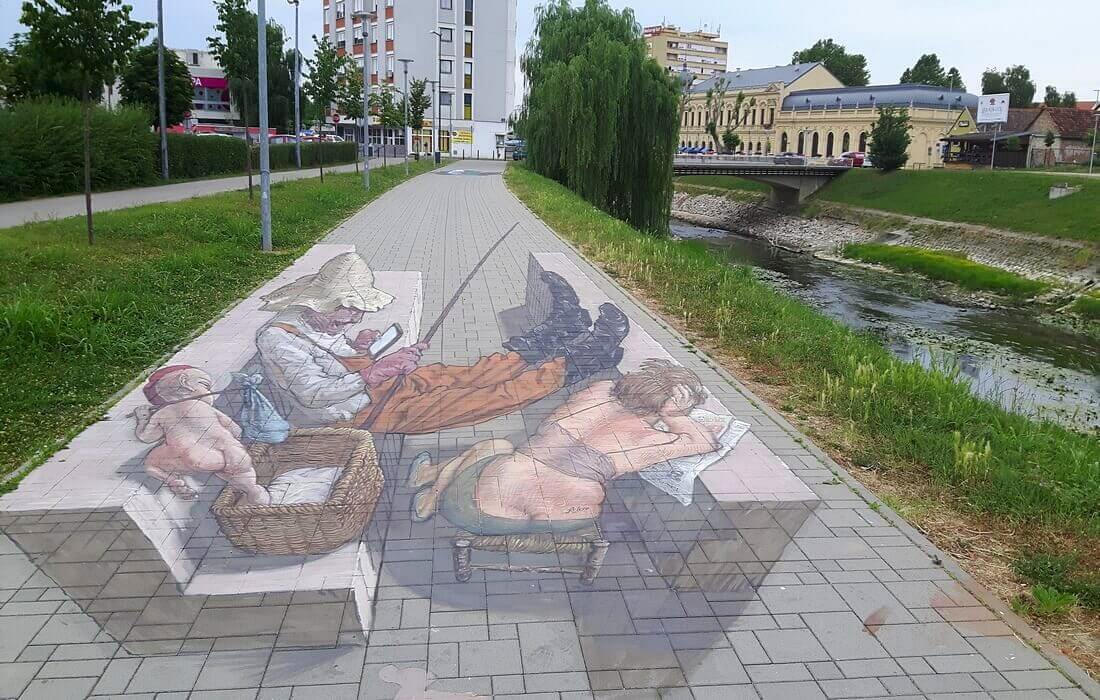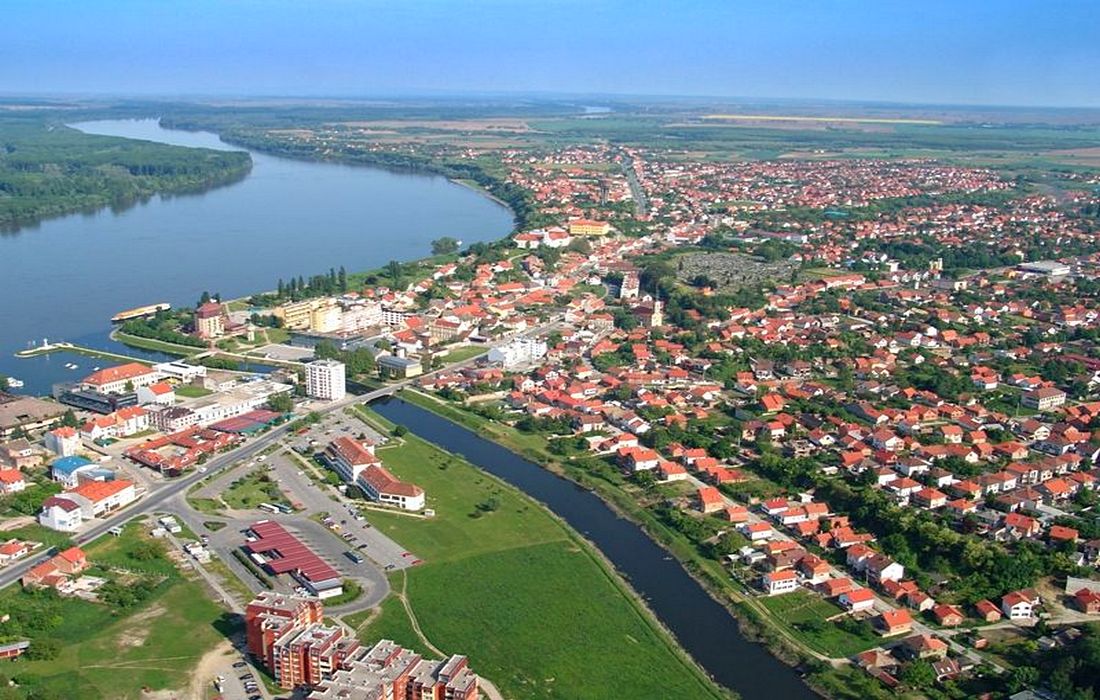Vukovar Danube Tour
Story about one city and its rivers
Proud City on the Danube River
WALKING | Half Day | from 51 € | Take a tour through the beautiful Baroque city of Vukovar, situated at the banks of the rivers Vuka and Danube in the Srijem/Syrmia region in Eastern Croatia. A private guided city walking tour brings you far back into the turbulent history of the proud City of Vukovar. You will hear and see how its citizens survived a three-month siege in 1991 during the Croatian War for Independence and try to understand the causes and consequences of this great national tragedy.
With a population of 27.000, Vukovar is one of the larger towns in Eastern Croatia and the capital city of Vukovar-Syrmia County. This fertile lowland region is surrounded and crossed by many rivers. The river city of Vukovar has the largest river port in Croatia, located at the confluence of the rivers Vuka and Danube. The name Vukovar means 'town on the Vuka River'.
Before the Croatian War for Independence in 1991, Vukovar was the 2nd wealthiest town in former Yugoslavia. During the war, the city was, unfortunately, heavily damaged. But after 1998 and peaceful reintegration, it's been rebuilt, and many exiled families returned to their homes.
There are several cultural events in Vukovar during the year. The most important is the VukovArt - the great Street Art Festival in late May, and the Vukovar Film Festival in August.
For those more interested in experiencing Slavonia & Baranja region in Eastern Croatia, we recommend our excursions: Osijek & Djakovo Tour and Canoeing Kopacki rit.
ITINERARY
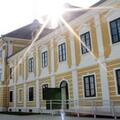
9:00 AM - Arrival in Vukovar – Visit to the Vukovar City Museum
We start our day trip at 9:00 AM from Osijek (the capital city of Eastern Croatia), where you will meet your guide. There is a possibility of picking you up at your accommodation. This option is on request. The transfer to the City of Vukovar lasts about 40 min (40 km). After arriving in Vukovar, we will start our city tour on the Danube, floating on a river panoramic tourist boat. You will enjoy a relaxing 1-hour boat ride while sightseeing on the scenic Danube River.
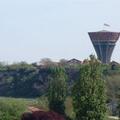
10:15 AM - History Walking Tour of Vukovar
After the Vukovar City Museum, we continue our city tour through Vukovar's most beautiful parts, including the historical Baroque city centre with many beautiful buildings, like the Coach Post Building. The White Cross, the memorial to the defenders of Vukovar at the confluence of the Danube and Vuka rivers, is one of the landmarks of Vukovar, so the Old Water Tower, built in 1913. We will visit the Church of St. Philip and St. Jacob, where we will stop at the long memorial plaque with the names of 2,717 Vukovar victims in the Homeland War 1991. We will continue along the Danube promenade to the 50 metres tall Vukovar Water Tower. The famous tower is a symbol of Vukovar. Here we will have a coffee break.
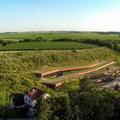
12:30 PM - Archaeological Site Vučedol
After a break, we will visit the extraordinary Archaeological Site Vučedol, located along the Danube bank, only 5 km downriver from Vukovar. It is one of the most significant locations from the Eneolithic period. What makes it unique is that, due to the value of the finds, it provided the name for an entire Eneolithic culture – the Vučedol Culture. At the same time, it is the area where it originated. The Vučedol Culture dated from 3000 to 2200 B.C. We will also visit the Museum of the Vučedol Culture and have a guided tour through the museum exhibition. The Museum offers a new universe of discovery and inspiration with its unmatched and unique combination of location, architecture, pleasant atmosphere, and most significant historical values presented in a contemporary way.
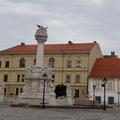
1:20 PM - Return tranfser to Osijek
Our Vukovar-Danube excursion ends in Osijek, where we started our day trip. Return time in Osijek around 2:00 PM.
Departure dates 2024: from March to December
Dates: Tuesday – Sunday, on request
|
Group size |
2 pers. |
3 pers. |
4 pers. |
5 pers. |
6 pers. |
7 pers. |
|
Price per person |
€ 120,00 |
€ 89,00 |
€ 72,00 |
€ 62,00 |
€ 56,00 |
€ 51,00 |
- The excursion prices are based on a minimum of two (2) and a maximum of seven (7) participants.
- Definite departure will be confirmed to participants by e-mail.
- Participants interested in a private trip for a larger group may contact Inlandia.com for an individual offer.
INCLUDED IN THE PRICE:
- Licensed tour guide (English, German).
- Transfer Osiijek-Vukovar-Osijek.
- Entrance fee for the Vukovar City Museum.
- Entrance fee for the Vukovar Water Tower.
- Entrance fee for the Museum of Vučedol Culture.
- Insurance and costs for the organization and realization of the tour.
NOT INCLUDED IN THE PRICE / Additional costs:
- Lunch in a local restaurant. Approx. 15 € – 25 € per person.
- Transfer to another starting point (of your interest).
- Additional health and cancellation insurance, which can be arranged by e-mail to info@inlandia.com
- All other expenses not covered by the programme.
Highlights of Vukovar
The archaeological site Vučedol is located on the banks of the Danube River near Vukovar and is a place of continuous settlements and one of the most important archaeological localities in Croatia. It was a settlement inhabited by peasants, farmers, hunters and copper processors, which had its golden era from 3000 to 2200 BC. The 'Vučedol Dove' – one of the symbols of Vukovar, was found in Vučedol in 1938. This ritual vessel was made between 2800 and 2500 BC. Due to the importance of its findings, it gave the name to a whole Eneolithic culture. Vučedol is also a well-known excursion destination, popular among anglers and bathers because of the beautiful sand beach on Orlov Otok (Eagle's Island).
Vukovar City Museum in Castle Eltz was founded in 1948. Up until 1991, the Museum had about 50 thousand exhibits in four separate divisions: the history of Vukovar from Prehistory to today, the Culture and History collection, which provided an authentic presentation of the life of the citizens of Vukovar and the Eltz family, and complete overview of modern Croatian art from the end of the 19th and the early 20th century. During the Croatian War of Independence, Castle Eltz suffered significant damage. The collections kept in the castle were also damaged. Some have disappeared, and some of them stolen. After years of effort and diplomatic activity, a part of the collection returned to Vukovar.
Vukovar Water Tower is a symbol of Croatian unity and the defence of the City of Vukovar during the Homeland War (the Independence War) in 1991. After the renovation, the Water Tower opened to the public in 2020. It consists of a memorial room with six interactive screens with multimedia content showing the Homeland War, the sacrifice of Vukovar, and the Water Tower's history. From the memorial room, the memorial path leads up to the viewpoint with the flagpole and the Croatian national flag. The area around the Tower has an amphitheatre, a children's playground and a coffee bar. The Water Tower is a member of the World Federation of Great Towers, in the company of the Eiffel Tower, Empire State Building, Burj Khalifa and other world-famous towers.
Memorial Museum of the Nobel Prize Winner Lavoslav Ružička, located in the house where he was born, displayed original documents and medals from the life and work of the famous Nobel Prize winner, who received this prestigious award in 1939 for chemistry.
Vukovar 3D ZOO makes 3D anamorphic images made by the famous international artists of the World 3D Street Art scene. For the last five years, during the VukovART street art festival, their image illusions of three-dimensional space turn streets and walls of Vukovar’s buildings into open-air galleries. The beautiful street artworks, i.e. the anamorphic image, get a 3D effect when viewed from a single point using a lens (mobile phone or camera).

